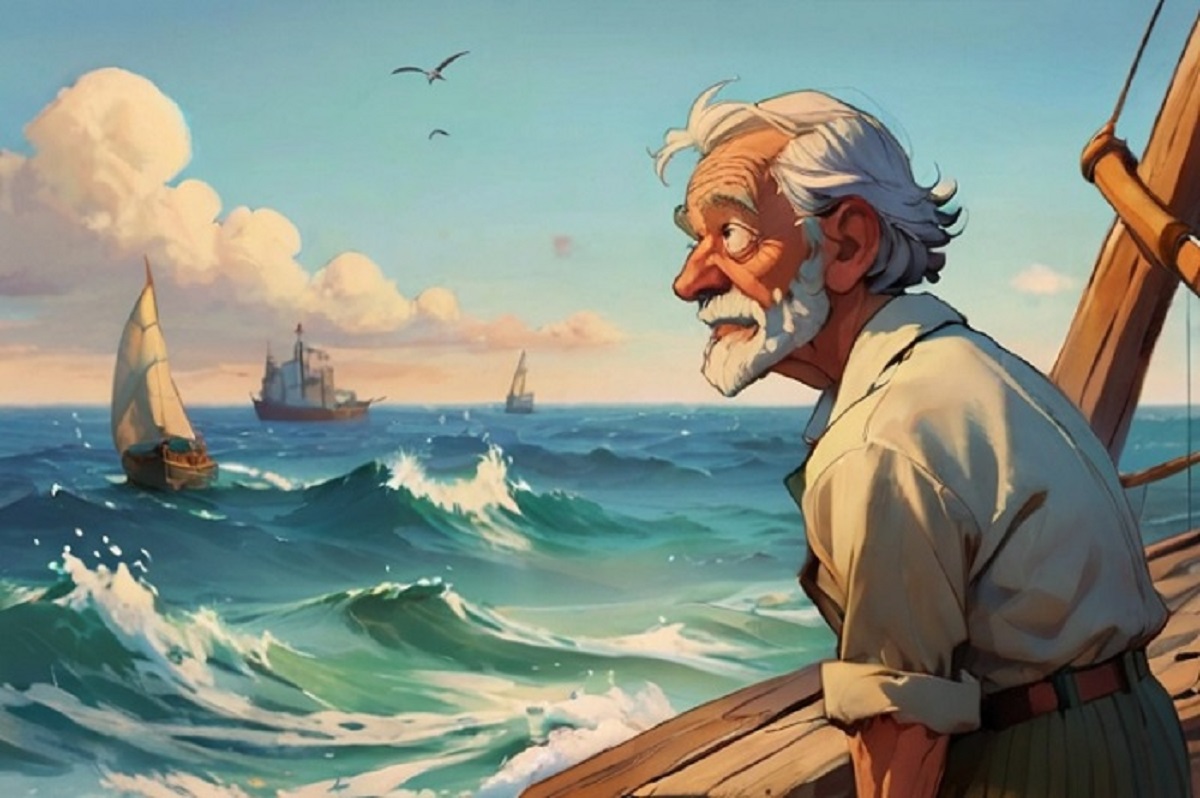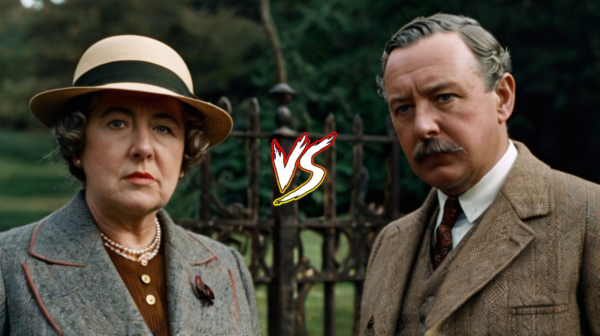Ernest Hemingway’s novella, The Old Man and the Sea, is a deceptively simple tale that unfolds against the vast and complex backdrop of the sea. The marlin Santiago hooks became more than just a catch. It becomes a symbol, a reflection of the old man’s own struggles, and a representation of the very essence of life itself. Understanding the significance of the sea in The Old Man and the Sea unlocks a deeper appreciation for Hemingway’s themes and the profound journey of Santiago.
Significance of the Sea in The Old Man and the Sea
The beauty of The Old Man and the Sea lies in its ambiguity. The sea’s symbolism is open to interpretation. This allows us to connect Santiago’s journey to their own experiences and perspectives on life’s challenges and the human connection to nature.
1. The Sea as a Testing Ground
The sea in The Old Man and the Sea is not a tranquil haven, but a challenging and unforgiving opponent. For eighty-four days, Santiago has returned empty-handed. This highlights the harsh reality of a fisherman’s life.
The vastness of the sea mirrors the immensity of the task before him. When the marlin strikes, the battle becomes a test of Santiago’s physical and mental strength. He endures the scorching sun, burning hands, and the constant strain of the line. The sea becomes a crucible, forging his resilience and revealing the depths of his determination.
2. A Mirror of the Soul
Hemingway uses the sea as a reflection of Santiago’s inner world. As the old man ventures further out, his solitude is mirrored by the vast emptiness of the ocean. He reminisces about happier times, lost friends, and his younger self.
The marlin, then, becomes a physical manifestation of his own internal struggles. This includes the fight for survival, the yearning for respect, and the inevitable decline brought by age. By conquering the marlin, Santiago symbolically confronts his own mortality and limitations.
3. The Circle of Life and the Indifference of Nature
The sea also represents the relentless cycle of life and death. The abundance of marlin and the presence of sharks are part of a natural order where one creature feeds on another. Santiago respects this balance and acknowledges his dependence on the sea for his livelihood.
The marlin’s struggle is not portrayed as inherently evil but as a natural response within the ecosystem. The sea, in its vastness, remains indifferent to human struggles. There are no rewards or punishments; survival is the ultimate prize.
4. A Source of Beauty and Majesty
Despite its challenges, the sea also holds a profound beauty that Santiago deeply appreciates. He admires the flying fish, the dolphins, and the vast expanse of the starlit sky reflected on the water’s surface.
There is a sense of awe and wonder in his observation. The marlin itself embodies a different kind of beauty – a worthy adversary deserving of respect.
5. A Symbol of Hope and Perseverance
Even after the sharks devour his prize, the old man returns with his dignity intact. He has faced a formidable opponent and emerged unbroken. The sea, though unforgiving, has also revealed his enduring spirit.
His mast, stripped bare by the sharks, becomes a powerful symbol. It may represent loss. But it also stands for his unwavering determination and the unwavering spirit of a man who refuses to be defeated.
Recommended: Are There Any Hidden Meanings in The Wonderful Wizard of Oz Book?
What is Santiago’s Attitude Towards the Sea and Fishing?
Santiago’s attitude towards the sea and fishing in The Old Man and the Sea is complex and multifaceted. It’s a blend of respect, frustration, dependence, and admiration. Here’s a breakdown of these key aspects.
1. Respect
The Sea as a Provider: Santiago relies on the sea for his livelihood. He understands its power and the bounty it offers. He calls it la mar (the feminine “the sea” in Spanish), reflecting a respectful and almost personal connection.
Acceptance of the Natural Order: Santiago acknowledges the circle of life within the sea. He respects the marlin as a worthy adversary and understands the role of sharks as scavengers.
2. Frustration
Eighty-Four Days of Bad Luck: The novella opens with Santiago facing an 84-day streak of catching nothing. This highlights the sea’s unpredictable nature and the frustration it can bring.
The Indifference of Nature: The vastness of the sea remains indifferent to human struggles. There are no guaranteed rewards, and survival depends on skill and a bit of luck.
3. Dependence
Livelihood: Fishing is not just Santiago’s passion; it’s his only means of survival. He is utterly dependent on the sea’s bounty to feed himself and potentially earn a living.
Connection to the World: The sea connects Santiago to a larger community of fishermen and the natural world.
4. Admiration
Awe for the Sea’s Beauty: Despite its challenges, Santiago appreciates the sea’s beauty. He admires the flying fish, dolphins, and the vastness of the starry sky reflected on the water’s surface.
Respect for the Marlin’s Strength: The marlin is a magnificent creature, and Santiago admires its power and fighting spirit. He acknowledges it as a worthy opponent deserving of respect.
What are Some Interpretations of Santiago’s Relationship with the Sea?
Santiago’s relationship with the sea in The Old Man and the Sea has sparked various interpretations. A few prominent interpretations are
- Man vs. Nature
- The Circle of Life and Respect for Nature
- A Metaphor for Life’s Challenges
- The Loss of Innocence and Facing Mortality
- The Importance of Dignity and Perseverance
Recommended: The Sherlock Mind Palace: Unlock Your Memory with Spatial Recall Study Technique
The sea in The Old Man and the Sea is more than just a setting; it is a dynamic force that shapes the narrative and its themes. By exploring the significance of the sea, Hemingway creates a timeless story in The Old Man and the Sea. It talks about the human spirit’s capacity to endure, the dignity of struggle, and the enduring power of hope in the face of life’s inevitable challenges.





